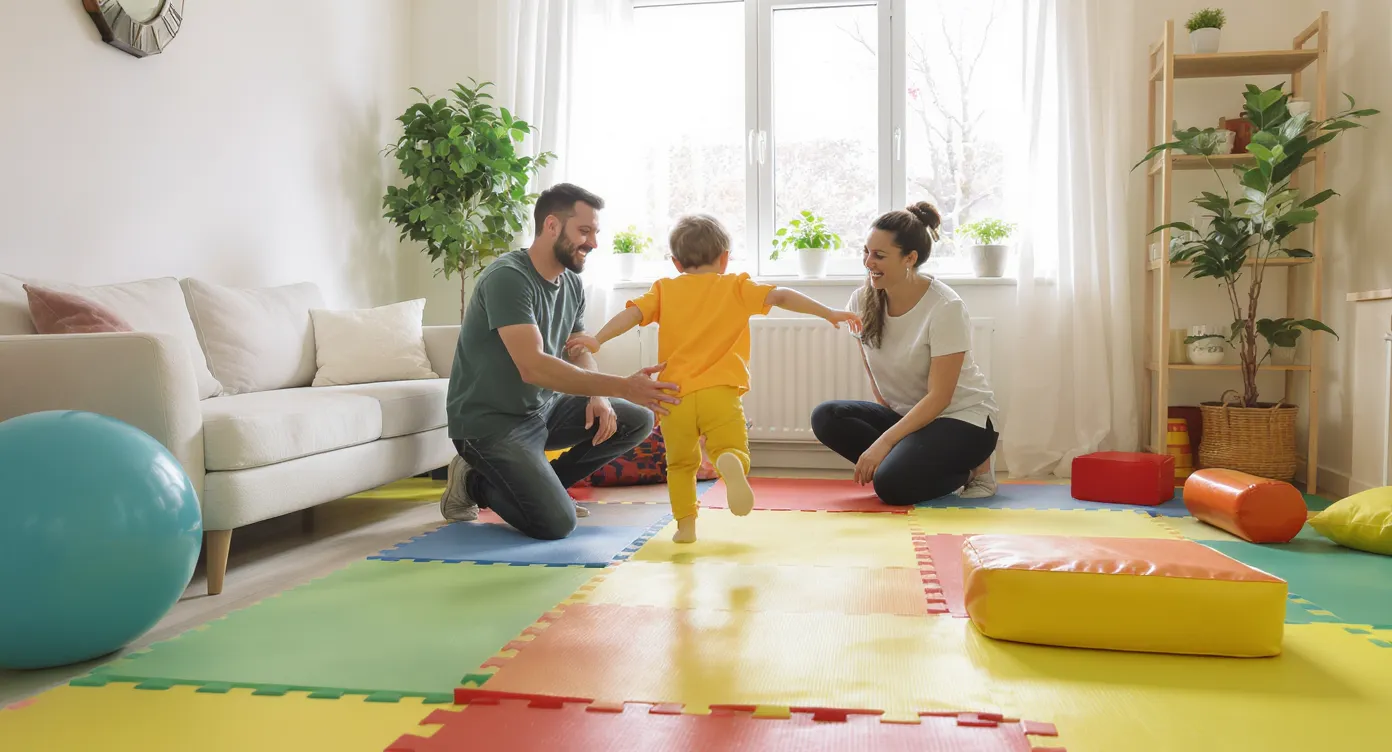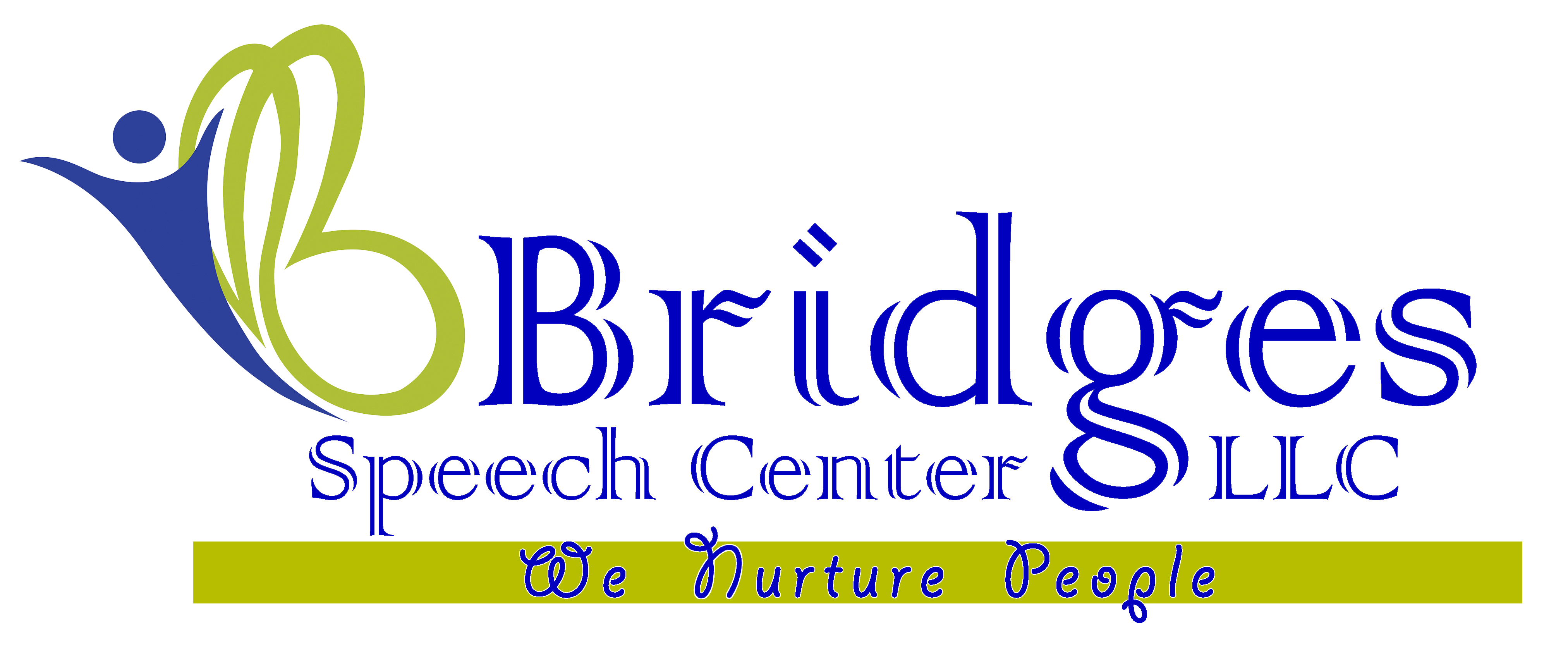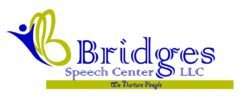
If your child is hopping, climbing or simply learning to maintain an upright posture, they are using gross motor skills—the large-muscle abilities that let us sit, stand, run and play. At Bridges Speech Center in Dubai, our occupational and physiotherapy teams see first-hand how strengthening these abilities fuels confidence and academic readiness. In this guide, we unpack the science behind gross motor skills, explain typical milestones and share practical ways families can support healthy development at home.
Looking for professional guidance? The specialist team at Speech Centre Dubai offers comprehensive assessments that pinpoint your child’s current motor profile and create evidence-based treatment plans. Families searching for speech therapy Dubai services will also find dedicated support tailored to communication delays, feeding challenges and overall developmental needs.
Early therapy is especially beneficial when speech or movement delays appear together. Bridges Speech Center integrates speech therapy, occupational therapy and sensory integration so children progress across all developmental domains.
Parents who prefer therapy in a comfortable environment can explore our home physiotherapy option. A licensed physiotherapist brings play-based exercises and adaptive equipment to your living room—ideal when mobility, transport or health concerns limit clinic visits.
Not sure whether your child needs support? Our team also provides neurological physiotherapy for conditions such as cerebral palsy and muscular dystrophy as well as broader rehabilitation services following injury or surgery. One phone call connects you to holistic care.
Table of Contents
ToggleWhat Are Gross Motor Skills?
The gross motor skills definition used by pediatric therapists describes any movement that relies on large muscle groups in the trunk, arms and legs. Crawling, throwing, jumping and even maintaining head control are all examples. These abilities contrast with fine and gross motor skills involving small hand muscles (fine) versus whole-body power (gross).
Gross Motor Skills Development vs. Fine Motor
Understanding the difference between fine and gross motor skills helps families set realistic expectations. Children often master balance and big movements before they can button a shirt or hold a pencil. Strength in the shoulders and core lays the groundwork for fine-hand precision later at school.
Age Range | Key gross motor developmental milestones | Related Fine Motor Gains |
0–6 months | Lifts head, rolls over, kicks legs | Brings hands to mouth |
6–12 months | Sits independently, crawls, pulls to stand | Transfers toys hand to hand |
1–2 years | Walks, squats, begins to run | Stacks blocks, points |
2–3 years | Jumps with both feet, rides push-bike | Turns pages, zips large zipper |
4–5 years | Skips, hops on one foot, begins ball games | Copies shapes, cuts with scissors |
Why Do Gross Motor Movements Matter?
Robust gross motor ability supports everything from playground confidence to attention in the classroom. Recent research found that children with stronger locomotor skills demonstrate better executive function and self-regulation at school.
For adults, postural stability and leg strength predict independence in later life. Targeted gross motor skills activities are therefore a proactive investment in lifelong health.
Evidence-Based Assessment Tools
A formal gross motor assessment yields objective data to guide therapy goals. Our clinicians often use:
- Peabody Developmental Motor Scales (PDMS-2)
- Bruininks–Oseretsky Test of Motor Proficiency (BOT-2)
- The Gross Motor Function Measure (GMFM) and the gross motor function classification system for cerebral palsy
Parents receive a detailed gross motor assessment checklist outlining mastered milestones, emerging skills and areas needing support.
Age-Specific Gross Motor Activities
Below are therapist-approved ideas families can weave into daily play. Each task targets core stability, bilateral coordination and balance while keeping children motivated.
Gross Motor Activities for 2 Year Olds
- Bubble-popping runs
- Mini obstacle course with cushions to step over and tunnels to crawl through
- Ball rolling to a target to nurture early gross motor manipulative skills
Gross Motor Activities for Toddlers (18–36 months)
- Dancing with scarves to music—enhances rhythmic gross motor movements
- Push-and-pull toys that challenge trunk control
- Walking on painter’s tape lines for balance practice
Gross Motor Activities for Preschoolers (3–4 years)
- Animal walks (bear, crab, frog) to engage the whole body
- Bean-bag toss at varying distances for spatial judgment
- “Red Light, Green Light” to teach start-stop control—a key gross motor games staple
Gross Motor Activities for 5 Year Olds
- Hopscotch sequences to refine unilateral hopping and motor planning
- Scooter board races fostering upper-body strength
- Balloon volleyball encouraging anticipatory timing
Gross Motor Activities for Kids aged 6 and Up
- Jump-rope patterns
- Beginner yoga poses such as tree and warrior
- Relay races incorporating skipping and side-stepping
Inclusive Gross Motor Activities for Special Needs
Children with autism, Down syndrome or physical disabilities can thrive with adapted programs:
- Therapy balls for supported sitting balance
- Weighted hula hoops to slow rotational movement
- Visual schedules that break tasks into clear steps
Building a Home Program: Practical Tips
- Set up a safe play zone with foam mats and minimal furniture.
- Schedule 10–15 minutes of structured gross motor activities after school before screen time.
- Pair skill practice with favorite songs or characters to keep motivation high.
- Track progress weekly using a simple sticker chart of gross motor skills examples mastered.
- Consult a therapist if pain, fatigue or frustration emerge.
Clinic-Based Intervention at Bridges Speech Center
When kids fall significantly behind the typical gross motor development curve, early intervention prevents cascading delays in self-care and academics. Our interdisciplinary team blends:
- Occupational therapy for motor planning and sensory processing
- Pediatric physiotherapy that targets strength and range of motion
- Speech therapy to pair language cues with movement, reinforcing concept learning
Sessions are play-based and goal-oriented, making therapy feel like exciting gross motor games rather than a chore.
Data Snapshot: How Common Are Motor Delays?
A recent study reported that 18 percent of kindergarten entrants scored below age expectations on a standardized gross-motor screening. Early referral to therapy cut that percentage by half within nine months proof that timely gross motor skills development initiatives work.
Monitoring Progress
Parents and therapists should revisit the gross motor assessment checklist every three months. Look for:
- Increased endurance (e.g., longer jumping sequences)
- Improved bilateral coordination (skipping, alternating foot pedals)
- Fewer falls or collisions in the playground
Documenting achievements keeps children engaged and informs next-level goals.
Take the Next Step
Nurturing gross motor skills early unlocks a lifetime of confident movement, sport participation and self-care independence. Whether you need an evaluation, tailored home plan or intensive therapy, Bridges Speech Center can help. Contact us today for a comprehensive motor screening and watch your child stride, hop and climb toward their full potential.
Frequently Asked Questions
What are simple ways to improve gross motor skills at home?
Active play such as crawling through tunnels, hopping on one foot and tossing bean bags builds core strength and balance
How do fine and gross motor skills interact?
Strong trunk and shoulder stability from gross movements support the precise hand control needed for writing and buttoning.
When should I worry about missed milestones?
When should I worry about missed milestones?
Can screens affect gross motor development?
Excessive sedentary time can delay physical milestones; balance digital use with active gross motor skills activities.
How long does therapy usually last?
Programs vary, but many children show measurable gains within 12 weeks of targeted sessions combined with home practice.


